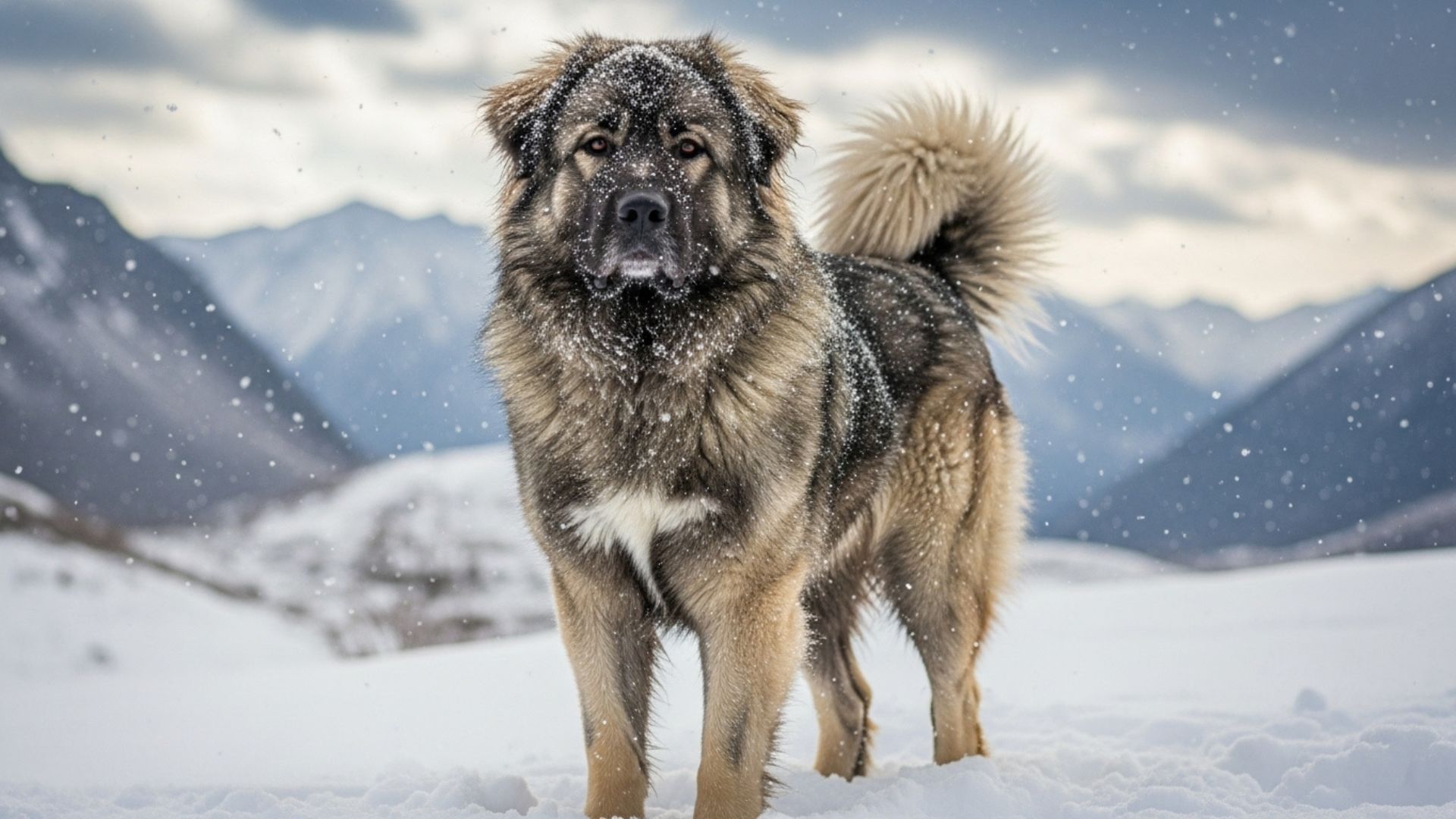Canines have deep emotional needs and a strong desire to communicate, yet their lack of speech makes them vulnerable to risks they cannot directly convey to even their favorite humans. Responsible pet owners who deeply love their dogs can recognize signs of discomfort or illness.
While considering a dog’s size, exercise, feeding needs, and temperament before bringing them home is essential, evaluating their weather resistance capabilities is equally important. Weather undeniably affects a dog’s behavior, according to the American Kennel Club.
Dogs’ tolerance to extreme weather conditions depends on physical traits such as coat type, body type, and susceptibility to illnesses.
The dog breeds discussed in this article generally have lean bodies and shorter coats, which allow for better heat dissipation and make them well adapted to high temperatures. With proper care, these dogs can also tolerate cold weather as long as they receive proper warmth and protection.
Key Takeaways
While some dogs are naturally more resistant to heat and others thrive in cooler climates, a few breeds can adapt well to both extreme temperatures if provided with care and protection.
Large dog breeds with shorter coats, in particular, can trap heat effectively and become more relaxed or affectionate in cooler weather.
Even though these guard dog breeds are well-suited for harsh weather, pet owners should remain mindful of protecting them in intense heat or cold. Proper arrangements, such as providing shaded areas, warm bedding, and a balanced diet, can help them feel comfortable.
Guard Dog Breeds That Thrive In Harsh Climates
1. Rhodesian Ridgeback
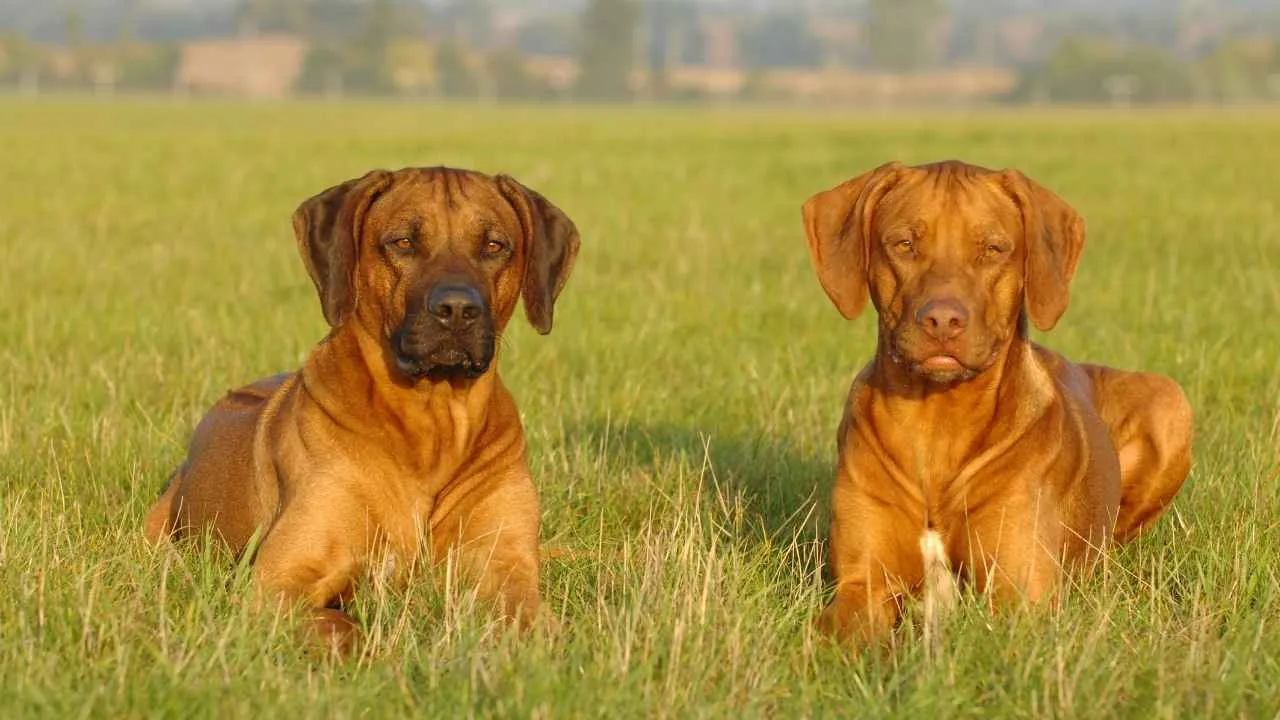
Cold weather can be challenging for Rhodesian Ridgebacks as they are sensitive to frigid temperatures, but they cope better in warmer climates and moderate hot weather, according to WebMD.
Their short coat traps heat efficiently in warm conditions but offers limited protection against cold weather. Ridgebacks can adapt to apartment life, but they are best suited for a house with open spaces, whether a yard or a field.
As high-energy breeds, they require ample exercise and long walks. Even though a Ridgeback can handle hot summers, it’s important to monitor the weather when taking them outside. They can still get dehydrated or suffer heatstroke if temperatures spike unexpectedly.
In colder temperatures, a Rhodesian might enjoy cuddling with their family and playing with children indoors rather than being outdoors.
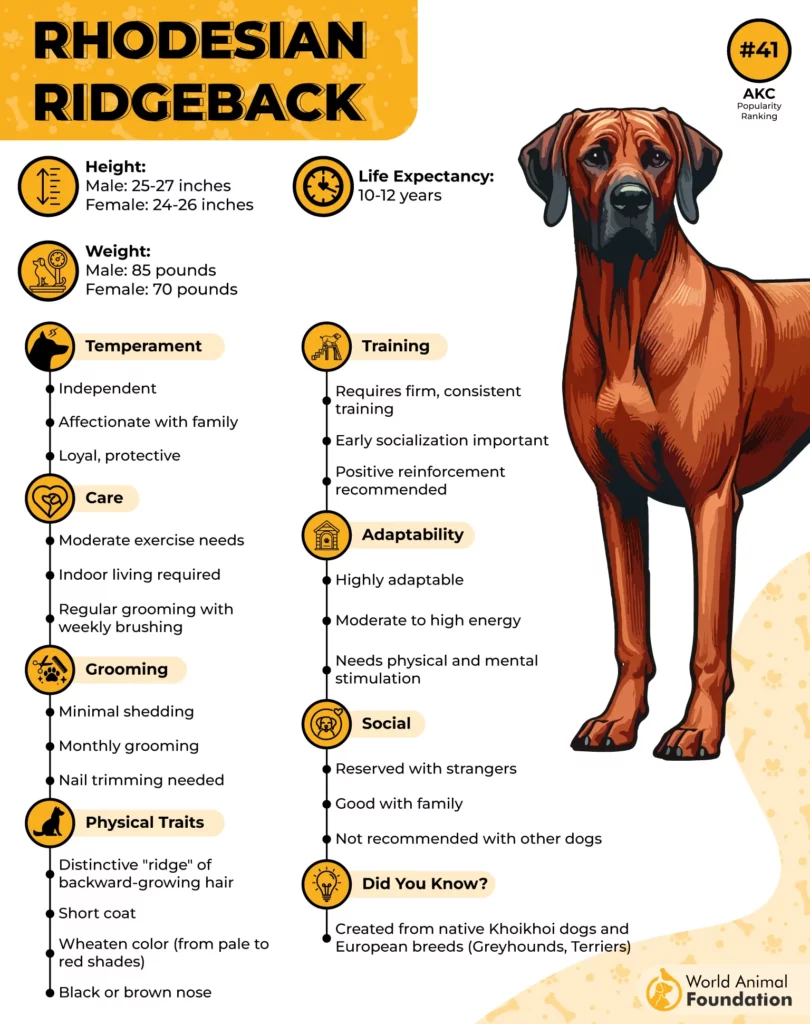
The Rhodesian Ridgeback is a large dog, originally bred in Zimbabwe to hunt lions. While one may assume that such a breed would have an aggressive temperament, Ridgbacks are calm, thoughtful, and responsive to their humans’ cues.
Their large size and protective instincts make them efficient guard dogs. Their ability to understand expectations quickly makes them excellent canine companions for families seeking a balanced dog.
2. Weimaraner
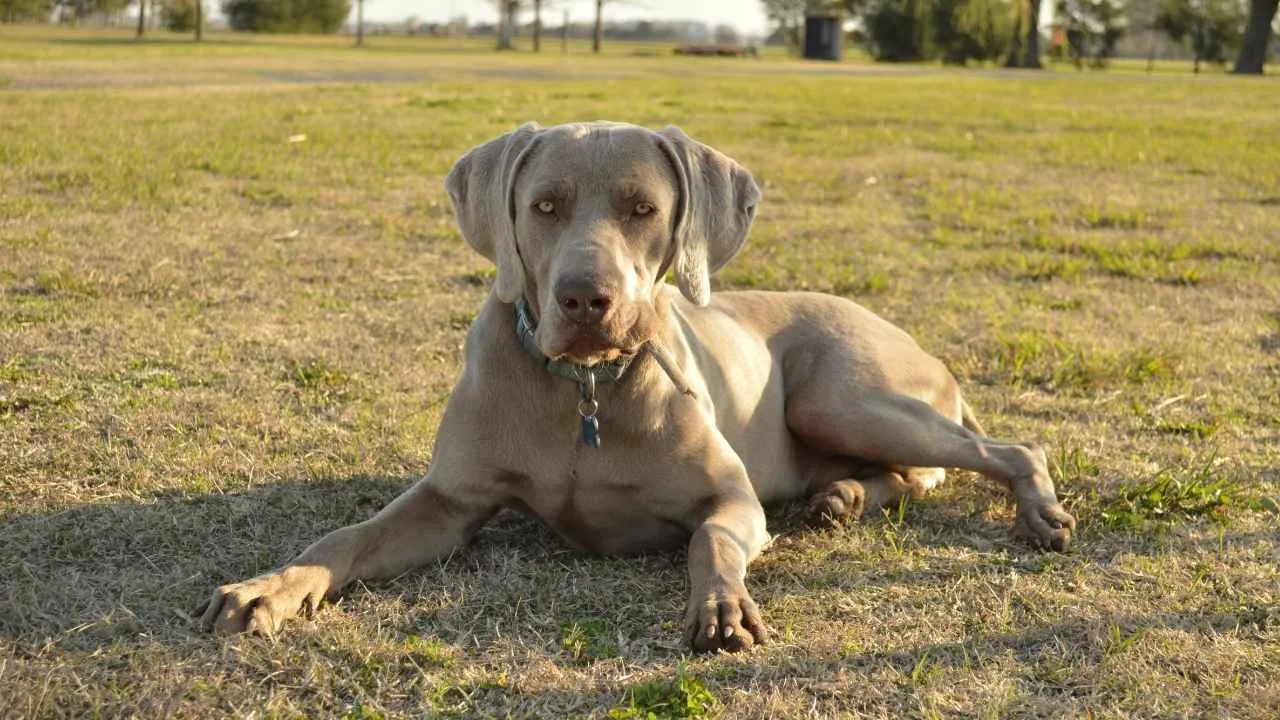
The Weimaraner is a noble, intelligent guard dog breed that can sometimes appear capricious. This majestic dog has a striking silver coat and piercing amber eyes. Weimaraners have shorter coats that need less frequent grooming but still benefit from brushing.
Their sleek coat is suited for both hot and cooler climates, but owners should monitor their comfort during extreme heat. While the breed can survive in harsh conditions, it is essential to take proper precautions.
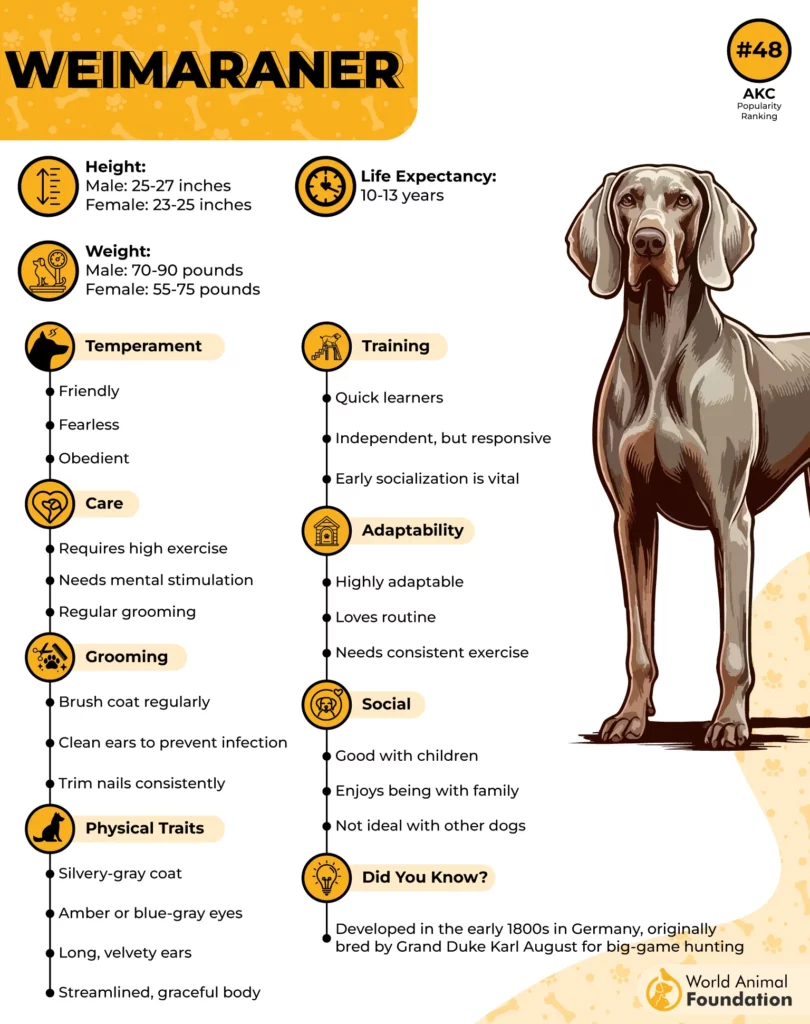
Provide your dog with shade and water during summer and ensure they stay warm during cold weather. You can also offer raised canvas platform dog beds for added comfort.
Weimaraners are high-energy breeds that require ample exercise and outdoor activities, as stated by Orvis. While they can live in apartments if provided sufficient exercise, these dogs are happiest in a large house.
Their protective instincts, strong bonds with owners, and natural alertness make them an excellent guard dog for families seeking an active and loyal canine companion.
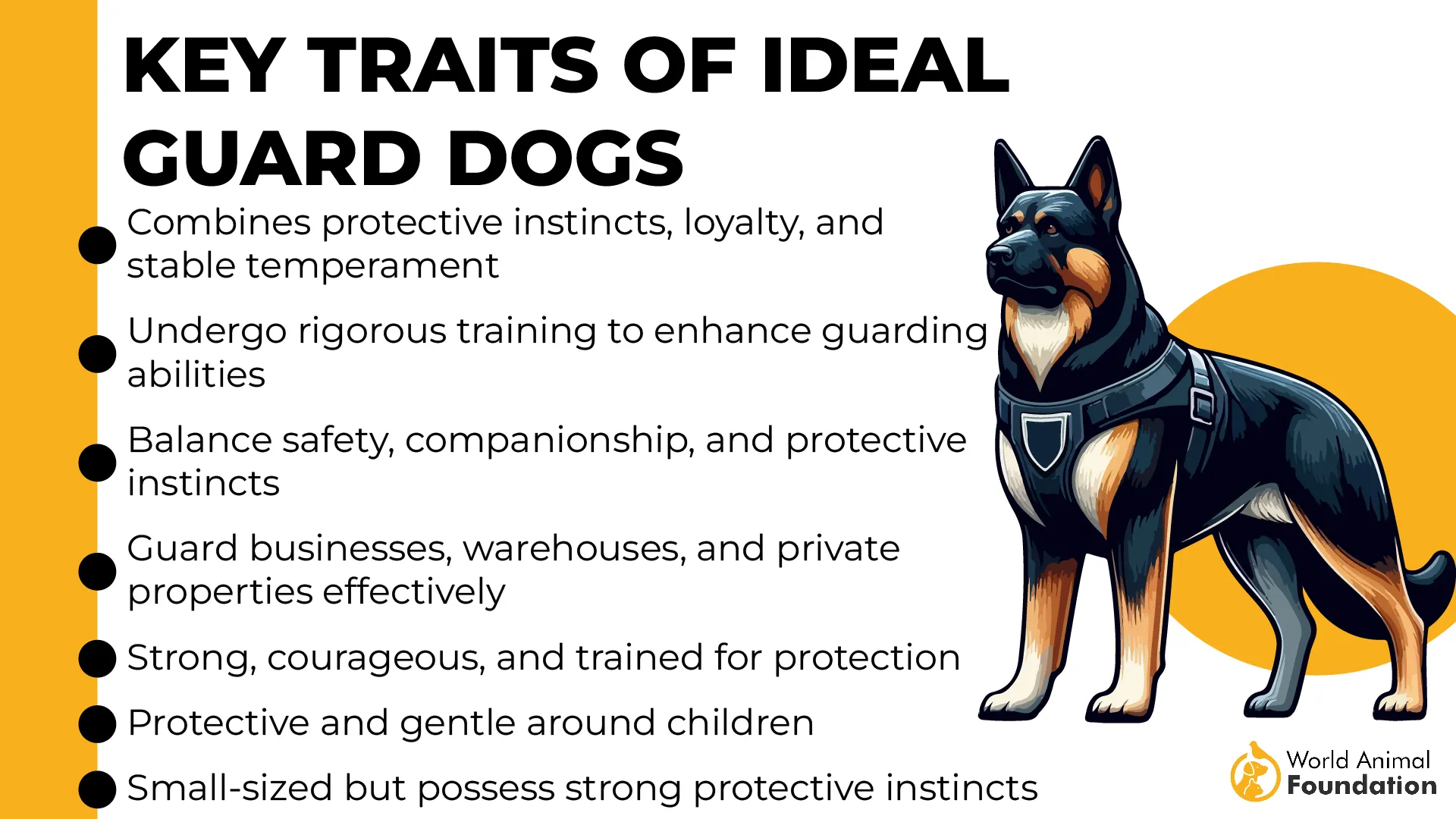
Weather can influence a dog’s temperament, so observing its behavior in unusual conditions can help you provide better care and appropriate outlets for their energy to maintain their health and mood.
3. Vizsla
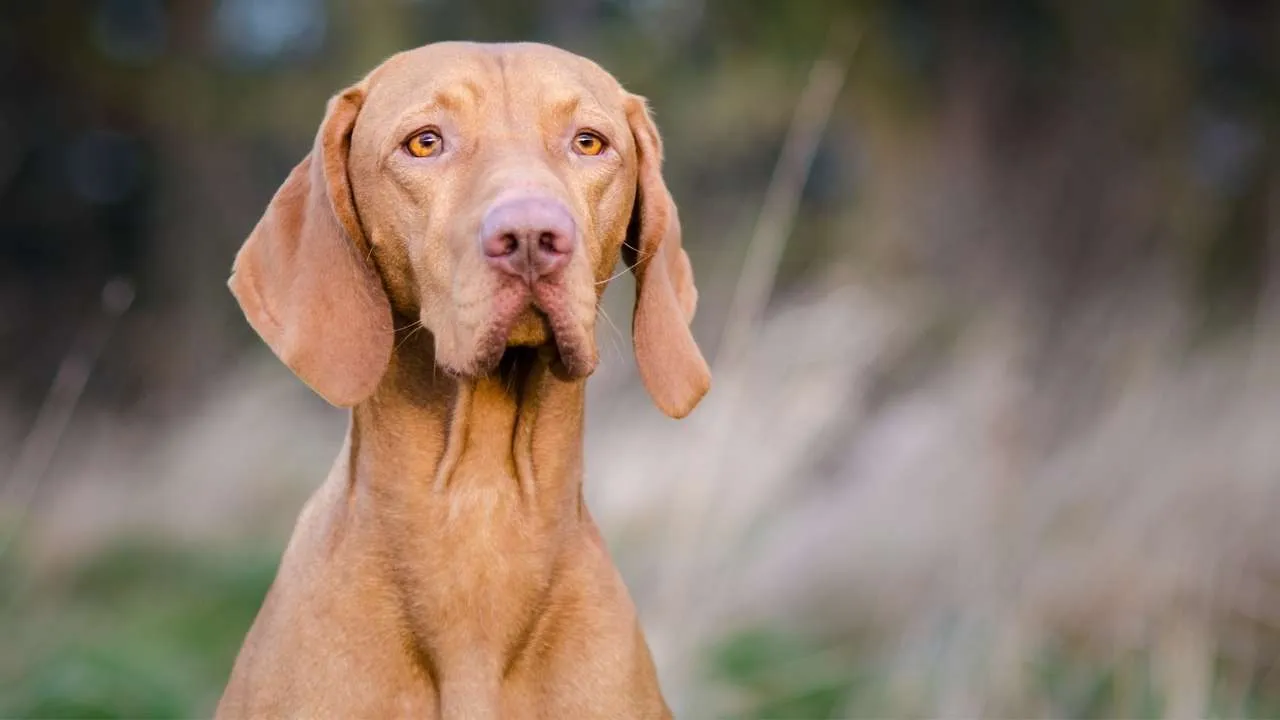
Vizslas have a plain, shorter coat without markings, but are naturally equipped to handle harsh weather. This medium-sized gun dog, originally bred in Hungary, is highly intelligent, energetic, and protective. This dog is suitable for active families seeking a hunting companion or an alert guardian.
Energetic and strong, Vizslas require ample physical and mental stimulation. Novice owners can handle Vizslas’ training as these dogs are highly responsive to guidance.
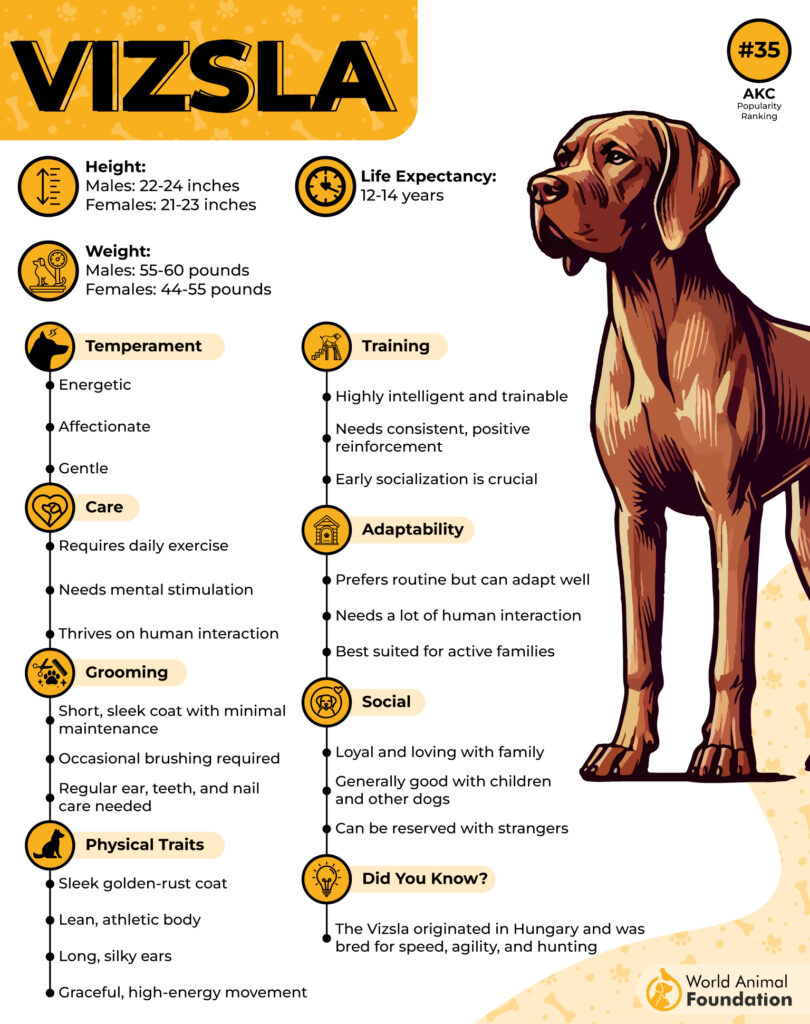
Their adaptability to different environments makes training easier, but their short coats mean they tolerate hot weather better than frigid temperatures. They need extra protection in cold climates.
Despite its ability to handle warmth, avoid outdoor adventures and walks during heatwaves, and provide a cooling space with a fan or air conditioning for your dog’s comfort.
In cold weather, it is best to protect Vizslas with warm clothing and an enclosed space where you can monitor them. However, avoid leaving them in completely closed areas like cars or small garages.
4. Dalmatian
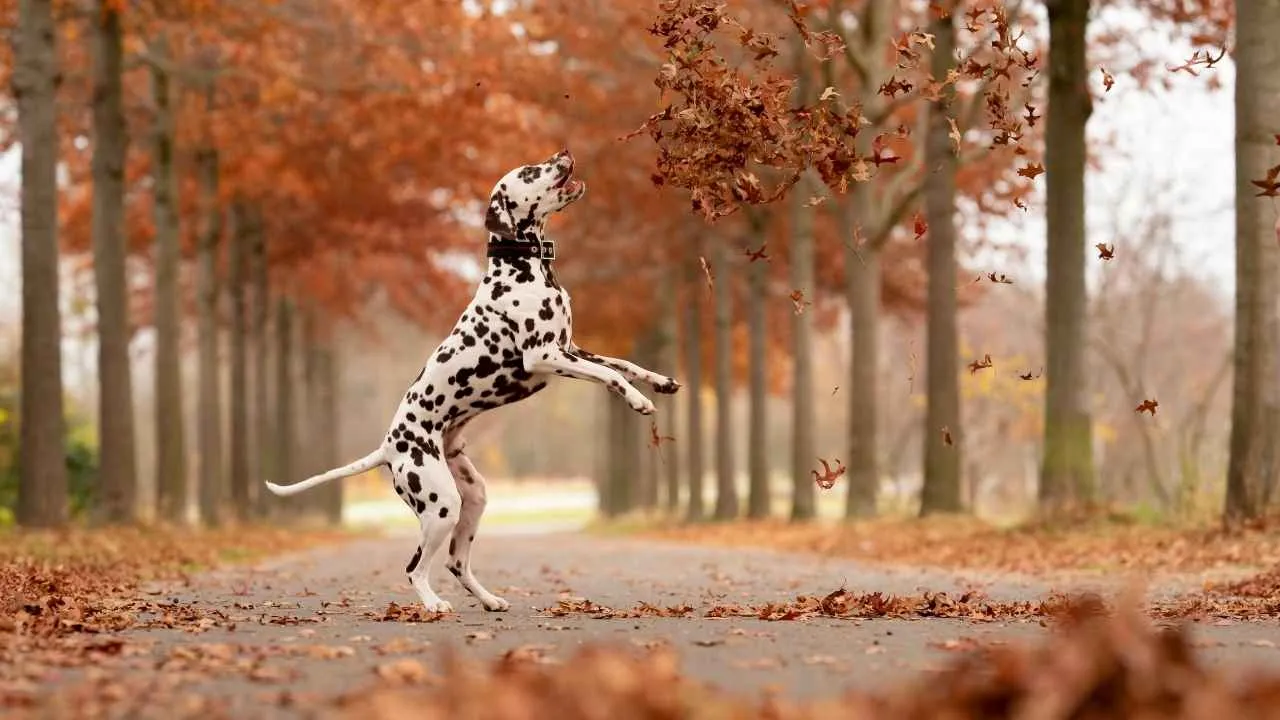
While Dalmatians can tolerate extreme temperatures, hot weather combined with high humidity can exhaust both humans and dogs. This guard dog is a perfect choice for active families. Their ideal living condition is a securely fenced yard where the Dalmatian can run freely and enjoy outdoor activities.
With their short coats, Dalmatians are not suited to live constantly outdoors in colder climates. Their double coat is minimal. For this reason, they are less resistant to cold temperatures.
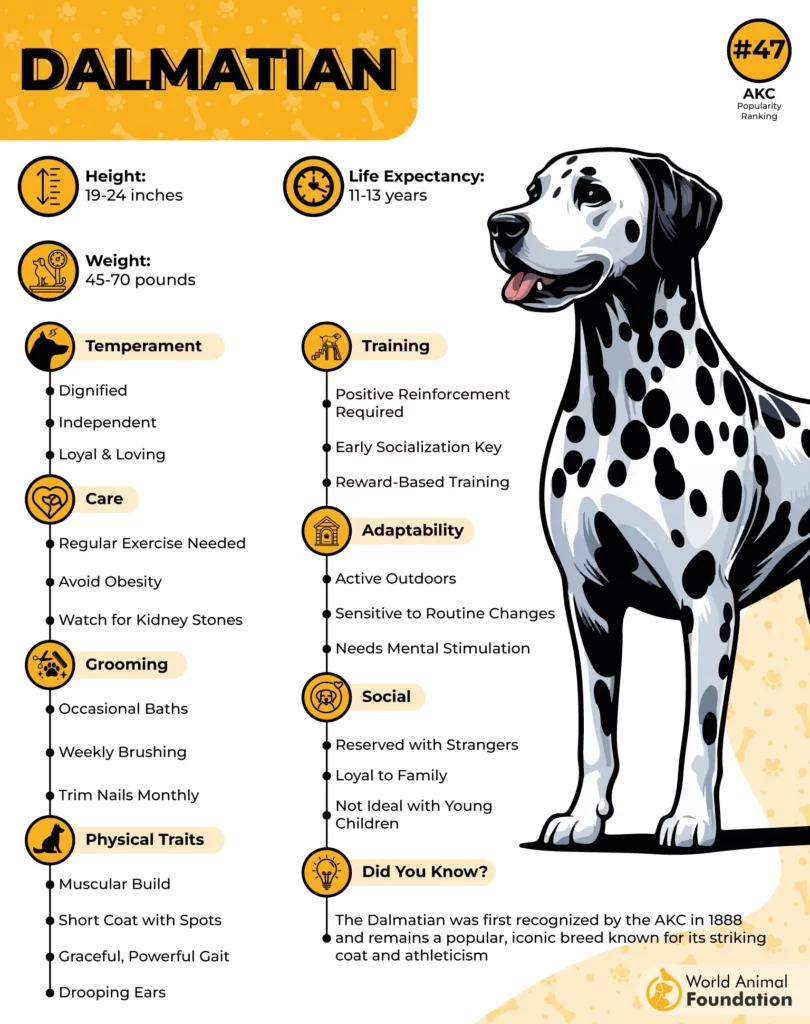
Owners must be cautious, as exposure to extreme weather conditions can cause injury, excessive panting, or make the dog slightly irritable. Noisy breathing is a key symptom that your dog needs immediate relief.
Providing a short animal pool and air conditioning in summer can help maintain the dog’s comfort. In cold weather, prepare a warm bed, blankets, and safe heaters to minimize the risk of illness.
Dalmatians are not suited for inexperienced owners. Without ample exercise, their protective nature and high energy levels can be misdirected into destructive behavior.
Proper training and early socialization are essential to ensure the Dalmatian becomes a balanced and well-behaved dog. Dalmatians form strong bonds with their owners and can serve as fearless guardians.
5. German Shorthaired Pointer
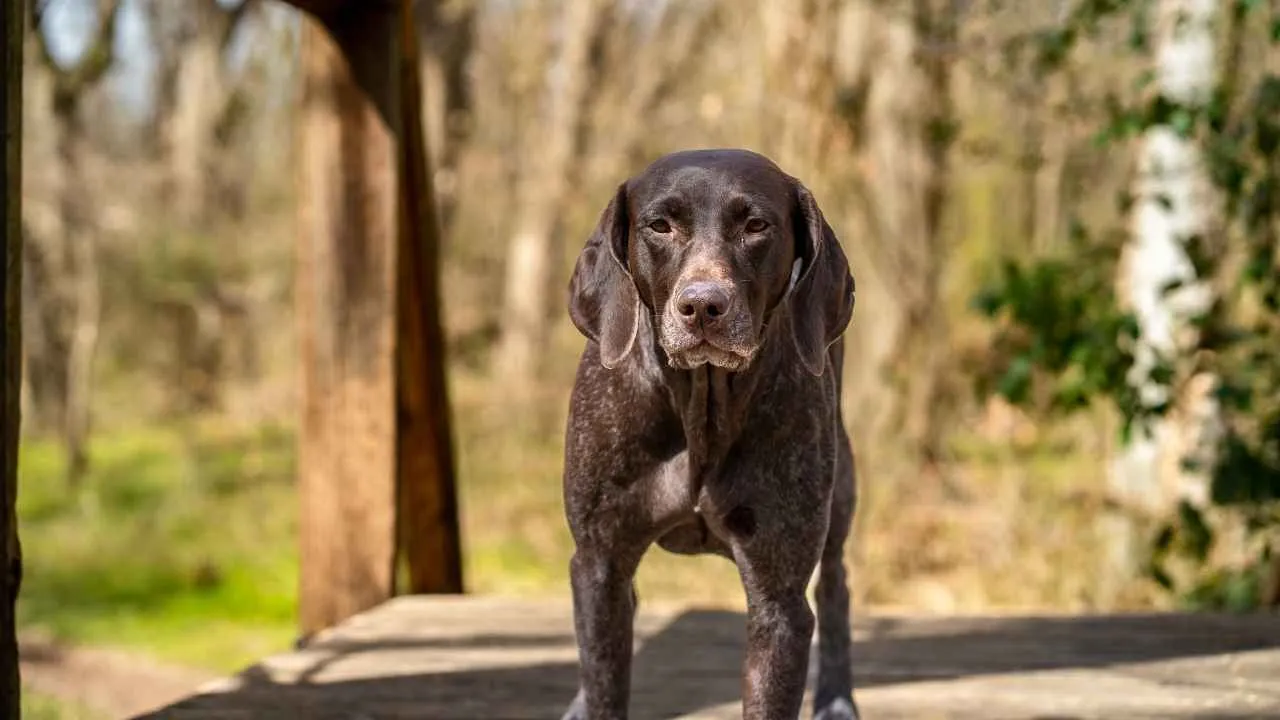
The German Shorthaired Pointer, as the name suggests, is not fluffy or hairy and tends to do well in hotter climates. In colder regions, they can manage if provided with appropriate clothing and shelter from extreme cold.
While they are highly active in hunting and agility and can even accompany you on adventures in wet or challenging weather, it’s important to protect them in cooler temperatures. If you feel the need to wear a jacket, your dog also deserves a sweater.
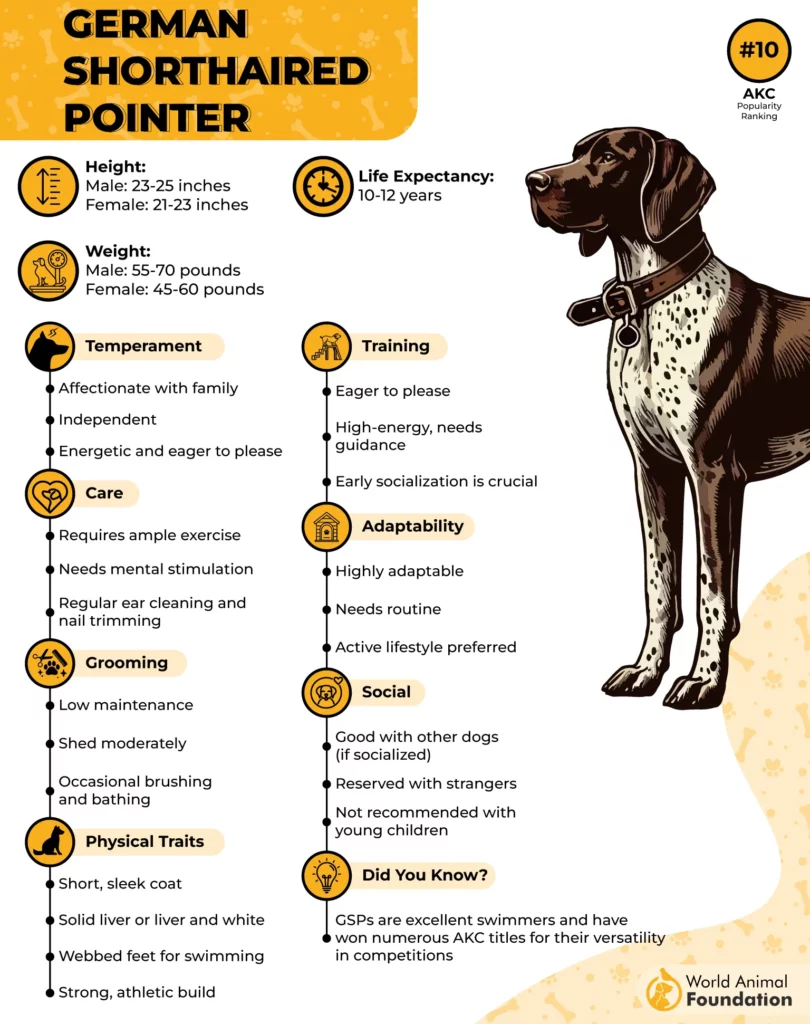
During extreme temperatures, closely monitor their behavior. If they appear lethargic, stay still, or fail to respond to stimuli, it’s best to check their body temperature. Moving them to colder climates might cause a slight change in the dog’s temperament.
This sporty working dog breed makes a dependable guard dog. The German Shorthaired Pointer holds deep respect and affection for its owners. Despite its sharp watchdog instincts, a GSP will not cause trouble around strangers if properly socialized.
Raising a GSP through puppyhood can be challenging. Physical exercise, consistent training, and mental stimulation are absolutely crucial for this high-energy breed, as suggested by PetMD.
6. Australian Cattle Dog
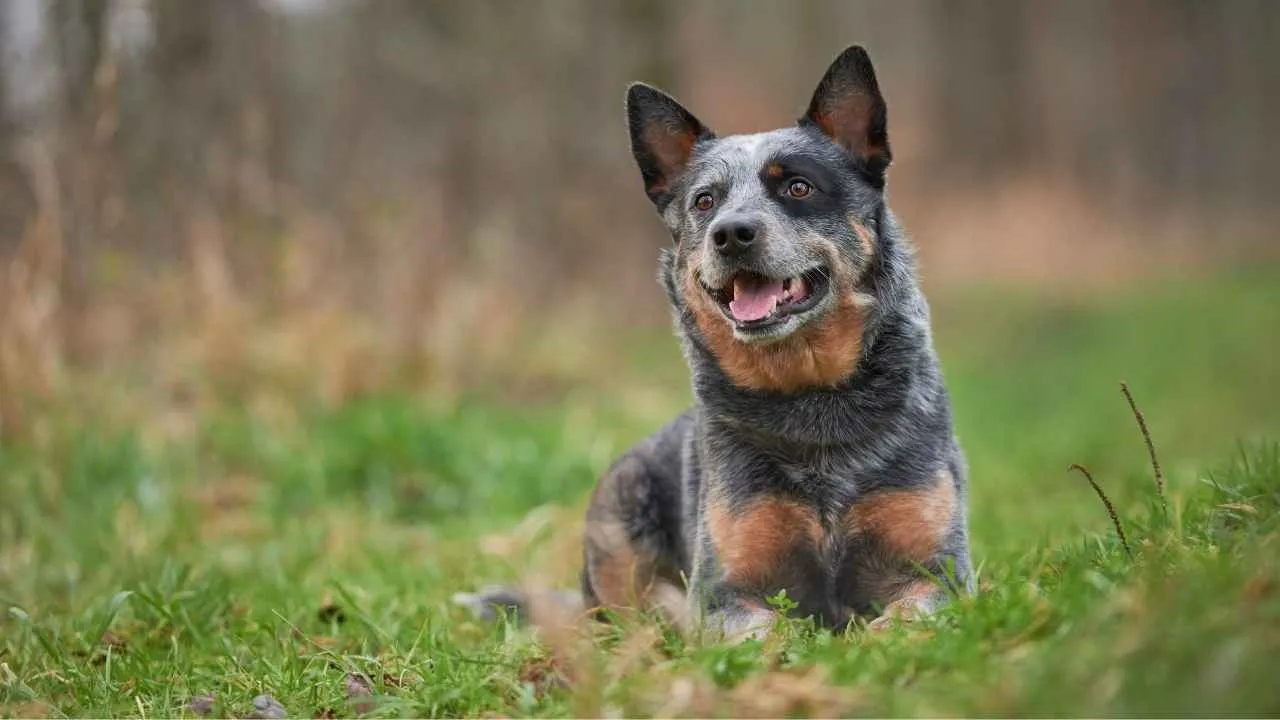
Australian Cattle Dog is known for its striking appearance and distinctive blue coat. They have an undercoat, which enables them to thrive in hot and cold weather well without much concern for owners. However, care and protection in extreme temperatures cannot be neglected for this breed.
Highly energetic and affectionate, it was bred to herd cattle and still carries the instinct to protect and guide its pack.
It can be an excellent guardian dog for families, but certain considerations are important before bringing one home. Australian Cattle Dogs are not clingy, but they enjoy outdoor activities and spending time at home with their owners.
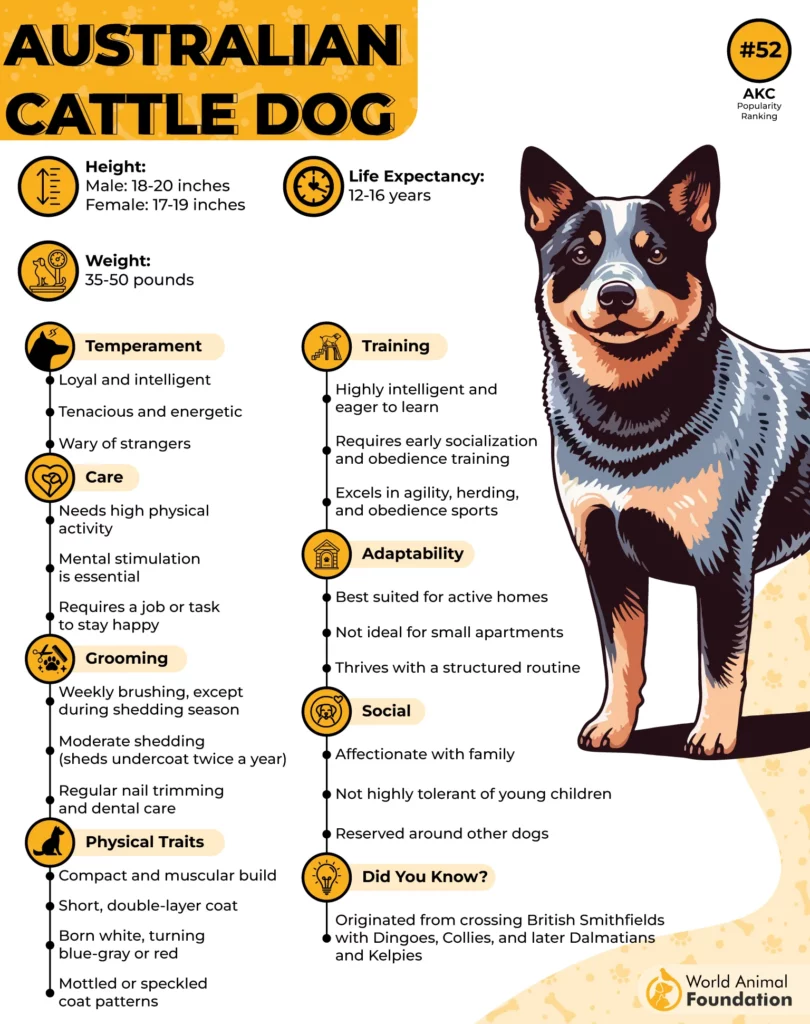
While you might expect an Australian Cattle Dog to be easygoing in all temperatures, it’s essential to supervise them outdoors.
In summer, watch for signs of exhaustion, as heat can be very dehydrating. In winter, check that no ice or salt is stuck on their paws.
Additionally, monitor the weather; if the conditions are unsuitable for outdoor time, prepare some games for your dog in the yard and keep an eye on them rather than risking their health.
Australian Cattle Dogs are intelligent, and with consistent training, they make the perfect guard dog. Their sharp mental abilities also make them an excellent choice for service work.
7. Doberman Pinscher
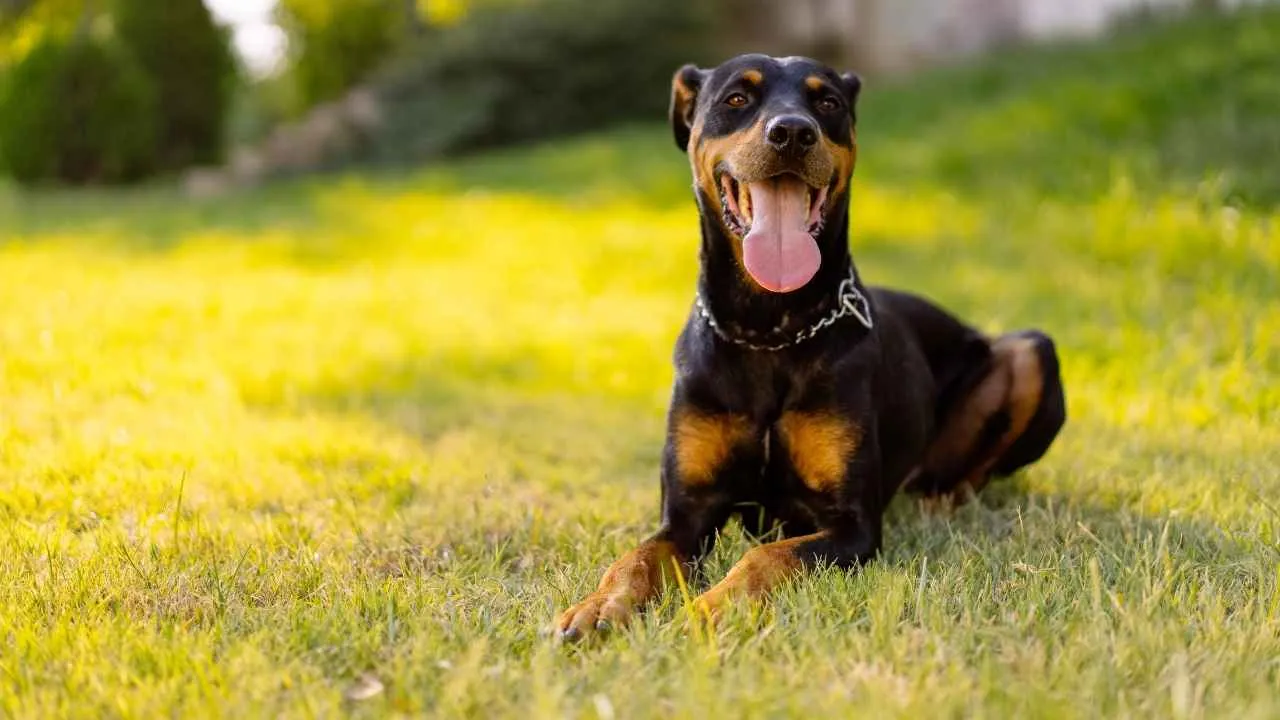
This muscular, imposing dog, famous for scaring away intruders, is, in fact, a soft-hearted companion for its family. During winter, Dobermans require clothing for walks as their short coats make them sensitive to cold weather.
While Doberman Pinschers thrive in warm weather, protecting them from harsh climates is essential for their health and well-being.
When outdoors, their area should be shaded to prevent overheating. While heating systems such as infrared lamps can help during colder months. These guard dogs are naturally ideal for life indoors when the weather turns chilly.
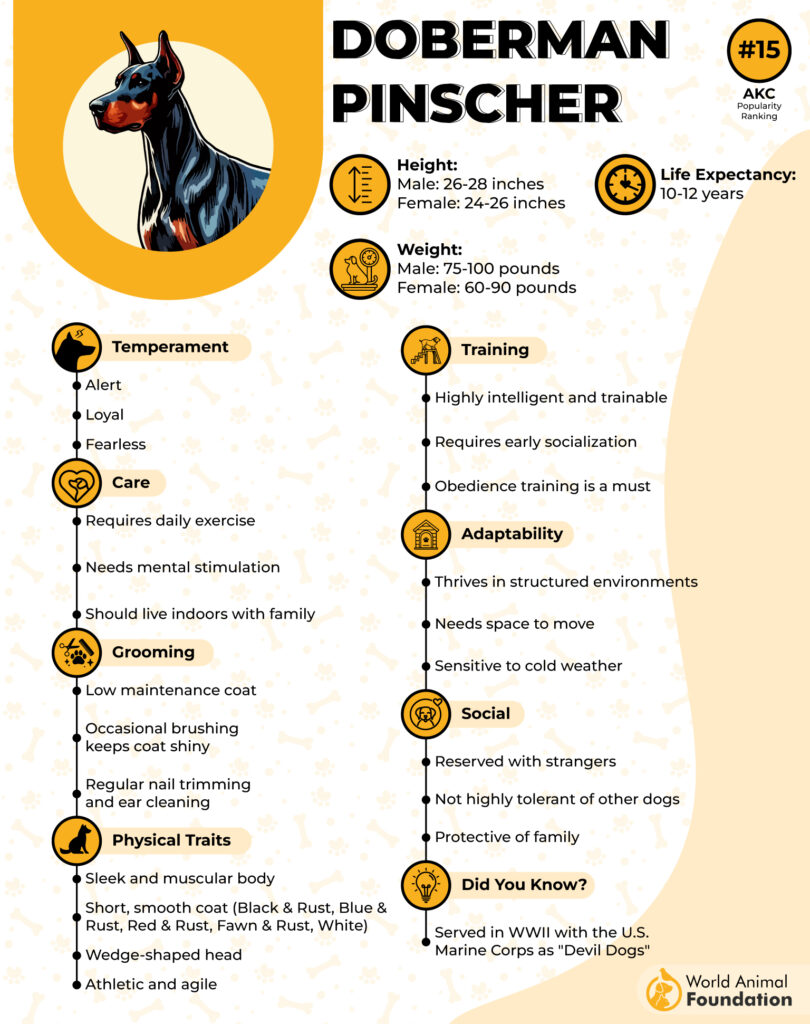
Dobermans are well-suited for houses where they adapt comfortably to a specially arranged aviary. Regular outdoor time is still important for their physical and mental stimulation.
Active, energetic, and highly trainable, Dobermans require ample exercise to thrive. Hikes, long walks, and consistent training satisfy their high energy needs and prevent boredom.
Indoor and outdoor time should be carefully managed during unusual weather conditions, as dogs need outlets to release energy while still being protected from harsh conditions. In extreme temperatures, outdoor activities are still possible but should be kept short and limited.
Conclusion
These guard dog breeds can be loyal, all-weather companions, yet responsible owners must not take their resilience for granted. Canines equally deserve protection and care in harsh weather conditions.
Certain breeds are naturally better adapted to hot weather, while others thrive in cold regions. Though both can survive extreme temperatures with proper care.
Arranging adequate shelter, managing exercise needs, and limiting outdoor play in harsh conditions may be challenging, but understanding this is essential before bringing a dog home.
Proper guidance, providing cool shades, sun protection in hot weather, and warm blankets in winter, ensures that these excellent guard dog breeds remain safe and healthy. With attentive care, pet owners can enjoy the loyalty and companionship of these dogs in all weathers.


